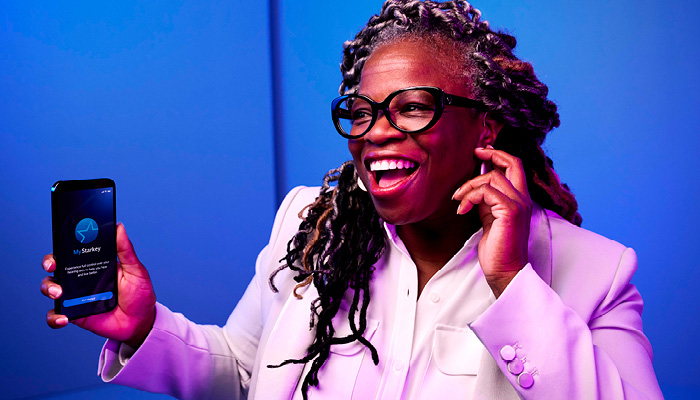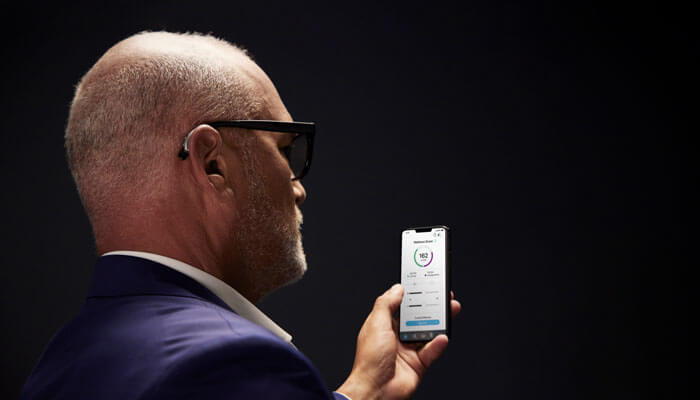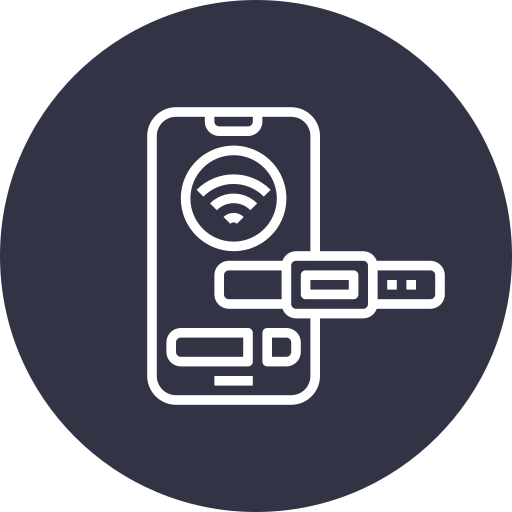Hearing aids help you hear and live better
Today’s best hearing aids are intelligent and provide life-changing benefits to improve health and wellness. By amplifying sounds you want to hear and diminishing sounds you don’t, the best hearing aids offer superior sound quality designed to ensure you never miss the moments that matter most.
Starkey Edge AI (Enhanced)
Unrivaled sound, next-generation connectivity, and benefits that go beyond better hearing give you a distinct edge.
Starkey Signature Series
Enjoy clear, true-to-life sound in advanced hearing aid technology custom fit to hide discreetly in your ear.
Genesis AI
Never miss a meaningful moment with these reliable and exceptional sounding hearing aids.
Evolv AI
A full line of discreet, superior sounding hearing aids designed to make hearing effortless.
Hearing aid types and styles
- Receiver-In-Canal (RIC)
- Behind-The-Ear (BTE)
- Invisible (IIC)
- Completely-In-Canal (CIC)
- In-The-Canal (ITC)
- In-The-Ear (ITE)
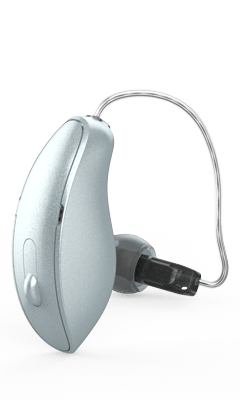
Receiver-In-Canal (RIC)
Small, discreet and quick to fit. Perfect for first-time hearing aid wearers.
Pros
- Typically smaller and more discreet than a BTE
- Can fit “open,” which allows for more natural sound quality of the wearer’s voice
To Consider
- Quick to fit (can take home the same day)
- Less discreet than custom styles
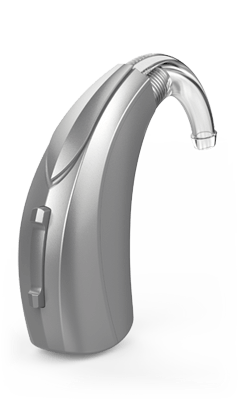
Behind-The-Ear (BTE)
The world’s most common hearing aid style. Available in standard, mini or power.
Pros
- Size is easy to hold and adjust
- Larger battery provides longer battery life – rechargeable option also available
To Consider
- Quick to fit (can take home the same day)
- Least discreet hearing aid
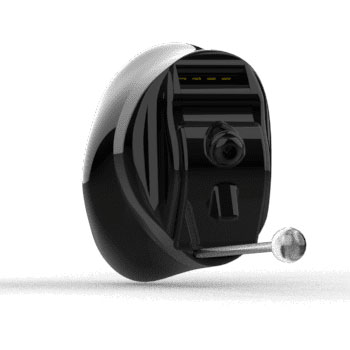
Invisible (IIC)
Rest in the second bend of the ear canal where no one can see them.
Pros
- Custom-fit to your ear
- The smallest, most discreet hearing aid made
To Consider
- Small size may be challenging to wearers with dexterity issues
- Small batteries require more frequent changing
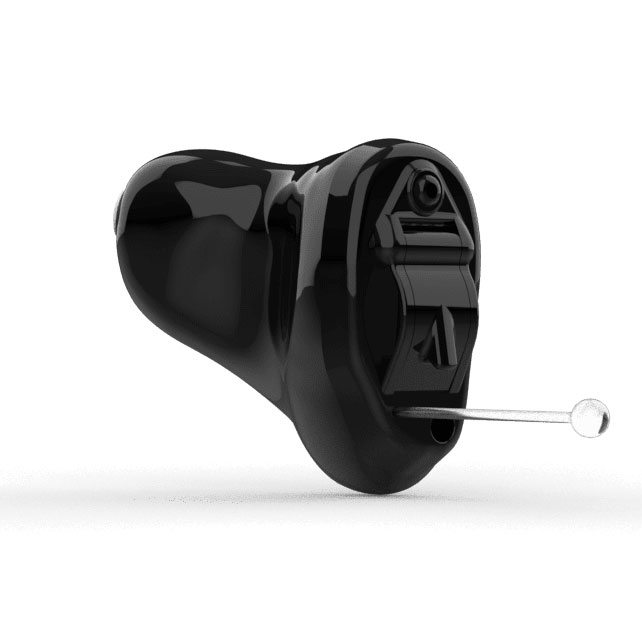
Completely-In-Canal (CIC)
Only the tiny removal handle of the hearing aid shows outside of the ear canal.
Pros
- Custom fit to your ear
- Our second smallest custom hearing aid style
To Consider
- Small size may be challenging to wearers with dexterity issues
- Small batteries require more frequent changing – rechargeable is available in select styles
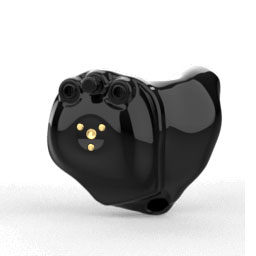
In-The-Canal (ITC)
Custom hearing aid that fits in the ear canal. Smaller portion shows in outer ear.
Pros
- Custom-fit to your ear
- Less visible than larger custom styles
To Consider
- Second largest custom style
- Small size may be challenging to wearers with dexterity issues
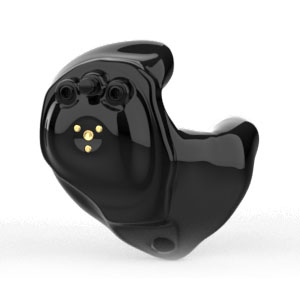
In-The-Ear (ITE)
Custom hearing aid that fits within the outer portion of the ear.
Pros
- Custom fit to your ear
- Larger battery provides longer battery life – rechargeable is available in select styles
To Consider
- Largest of the custom styles
- Can be made full or half shell
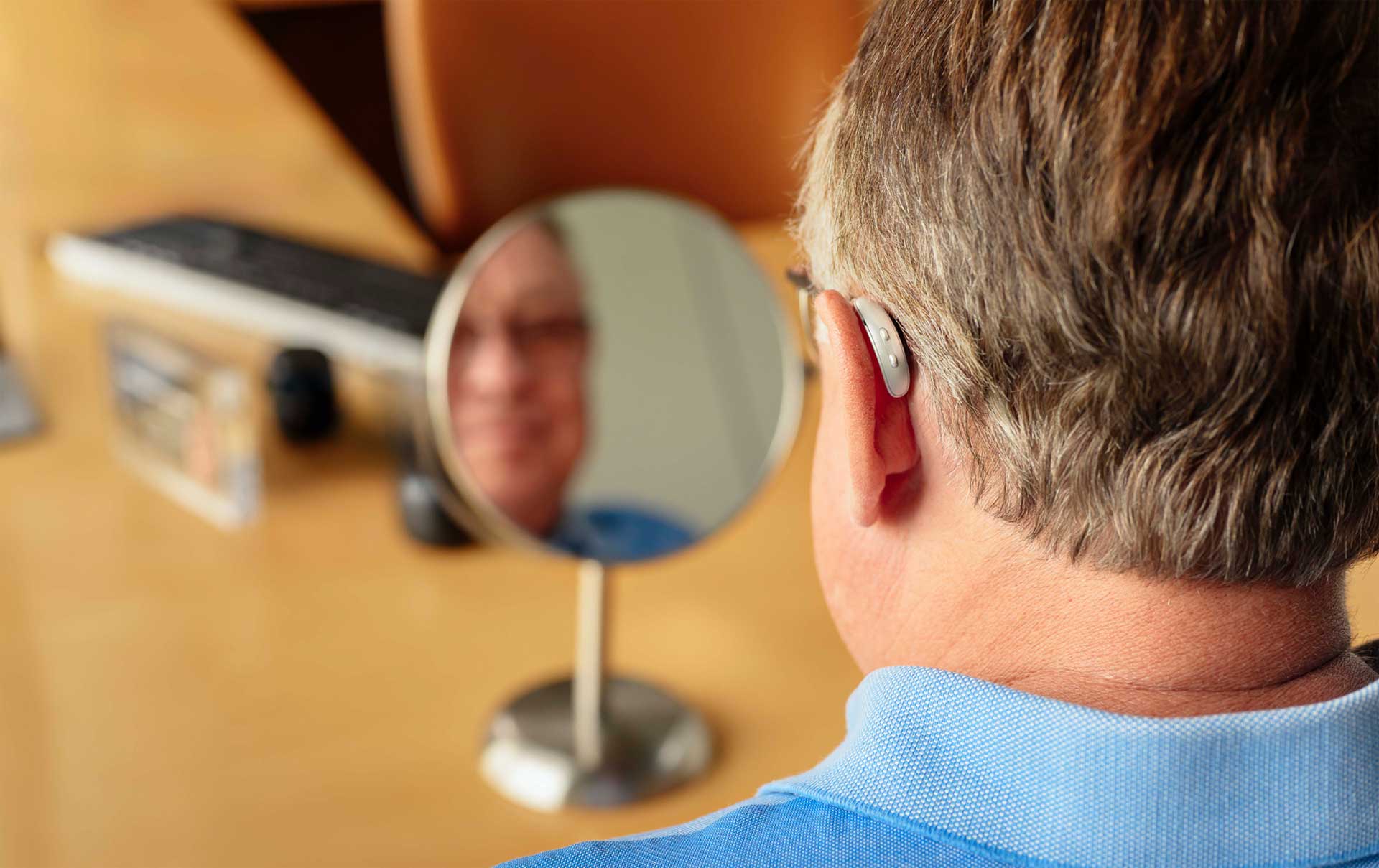
Frequently Asked Questions
How do hearing aids work?
At their most basic, hearing aids are microphones that convert sound into electrical signals. An amplifier increases the strength of the signal, then a receiver converts it back to sound and channels it into the ear canal through a small tube or earmold. A battery is necessary to power the hearing aid and to enable amplification.
How do I know which hearing aid will be best for me?
There are several factors that will determine which hearing aid will be the right one for you. They include the nature and severity of your hearing loss, your lifestyle and the activities you regularly enjoy, your job, your eyesight and dexterity, and the size and shape of your outer ear and inner ear canal. You can start with our Hearing Aid Finder Tool, though ultimately your hearing professional should advise you as to the best choice for you.
Will I need hearing aids for both ears?
Two-ear hearing (called “binaural”) is better than one. If you have hearing loss in only one ear, you may be fine with one hearing aid. Age and noise-related hearing loss tend to affect both ears, but your hearing profile for each ear is probably different. If there is a loss in both ears, you will probably benefit more with a binaural solution. Today, about two-thirds of new users opt for dual hearing aids, and as a group they report a higher level of satisfaction than purchasers of a single hearing aid.
How much do hearing aids cost?
The price of a hearing aid will vary depending on the specific style and features you choose. Most hearing professionals offer financing plans and you may qualify for other discounts through your insurance provider or another source.
Is there a warranty or guarantee?
Yes. Please inquire with your hearing care professional where you purchased your hearing aids from for precise details. But it is important to give yourself a reasonable chance to adjust to your hearing aid, knowing it often takes a few months to get comfortable.
Where can I buy a hearing aid?
When seeking treatment for hearing loss, be sure to select a hearing professional who understands the available technology and offers follow-up care. Use our online locator to find a professional near you, or call (888) 481-5512.



